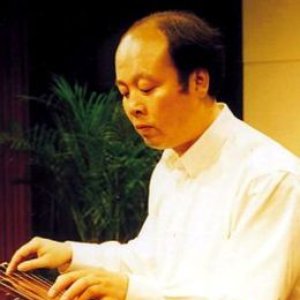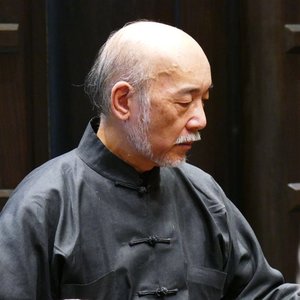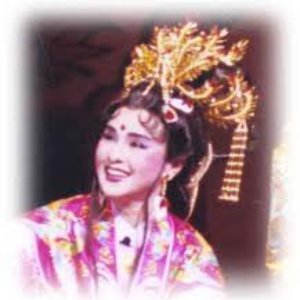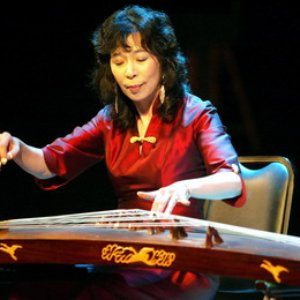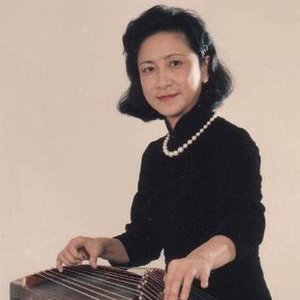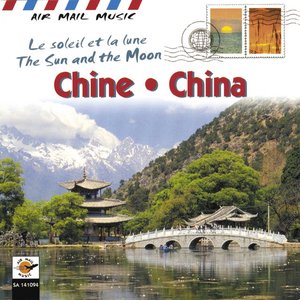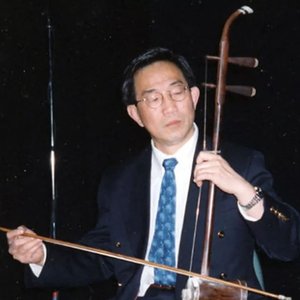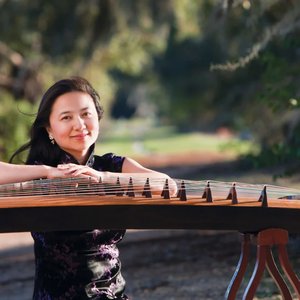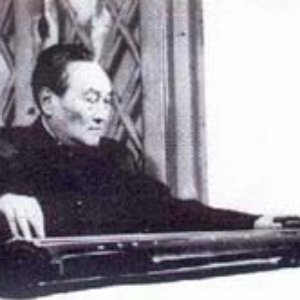Biography
Shuishan Yu (Chinese: 于水山, Yu Shuishan) is a fourth generation Mei’an School guqin player, Professor of Architectural History at the Northeastern University in Boston, and Chair of North America Mei’an Guqin Society. Born in China and learning Chinese instruments since age seven, Yu’s early music education belongs to the rich and dynamic folk traditions of the Shandong Province. He later became a student of Master Wu Ziying, a third generation Mei’an School guqin player who had learned from such renowned 20th century guqin masters as Wang Jiru, Xu Lisun, Wu Jinglue, Zha Fuxi, Sun Zongpeng, and Gu Meigeng. Yu is especially committed to the spread of guqin among non-Chinese speaking communities. His fingering-centered etude writing aims to systematize traditional experience-based guqin education and his composition based on Classical Chinese literatures explores new possibilities of traditional musical vocabulary.
Guqin is the symbol of traditional Chinese music and culture. As one of the four noble arts of the literati tradition, it had been widely played since the time of Confucius (551-479 BCE) with a legendary history further back to the time of Fuxi and Huangdi some 5,000 years ago. Most cultural sages and celebrities in Chinese history play guqin, for instance, Cai Yong (133-192) and Su Shi (1036-1101). Millenniums of unbroken development have created a unique system of notation, education, performance, and appreciation, and left hundreds of ancient manuals, over 3,000 titles of music, many stylistic schools, and numerous poems, calligraphies, and paintings about guqin.
As a literati instrument, guqin was historically nurtured and promoted mainly by scholars, who do not consider themselves as specialized artists, but first and foremost as human beings completed by Confucian moral cultivation and elevated by Daoist integration with nature. Guqin music thus emphasizes art as a way of life that, in turn, nurtures the cultivation and moral character of the practitioner. It is a means for attainting higher spirituality, not an end in itself. Ancient and exquisite, guqin is one of the most endangered musical traditions in the world. Many historic schools and pieces have disappeared and guqin was declared a UNESCO World Heritage Intangible Cultural Heritage. It is the author’s hope that these CD albums will make guqin more intelligible to the western audience and find America a new home of “zhiyin,” a spiritual and keenly appreciative friend.
Many unique features of guqin make its contemporary development a challenge. On the cultural level, guqin and Chinese history are closely related. The emphasis on moral and ritual aspects of music in Confucianism and the fusion of art forms in the literati tradition require guqin participants to be very familiar with Chinese calligraphy, painting, historical anecdotes, and literature. On the conceptual level, the rhythm of guqin music has a syntactic structure like Classical Chinese text, with no regular time and beats as in most other musical traditions. Another example is the central role played by fingering, which is not just a means to achieve sound but the essence of guqin aesthetics. On the communication level, guqin notation is daunting for those who do not know Chinese characters. On the artistic level, guqin players need to make more effort to recreate music, such as the interpretation of rhythm in the dapu process and the option of ornamentations. And on the technical level, the fingering uncertainty as a result of the variable string arrangement, the missing of hand positions in fingering and so on, are different from other string instruments.
On one hand, these characteristics make it difficult for the wide spread of guqin; on the other hand, the potential of its unique quality was not completely exhausted in the traditional repertoire, such as the emphasis on timbre, choreographic fingering, integration with other instruments and so on. There are rooms for new development and many guqin masters have made significant contributions to it. Most works in Shuishan Yu's CD albums are centuries old, but some are the artist's new creations based on such an insight about guqin’s past and future.
Artist descriptions on Last.fm are editable by everyone. Feel free to contribute!
All user-contributed text on this page is available under the Creative Commons Attribution-ShareAlike License; additional terms may apply.

